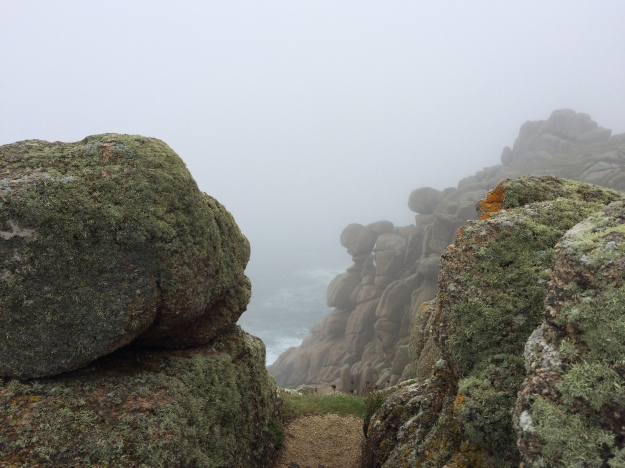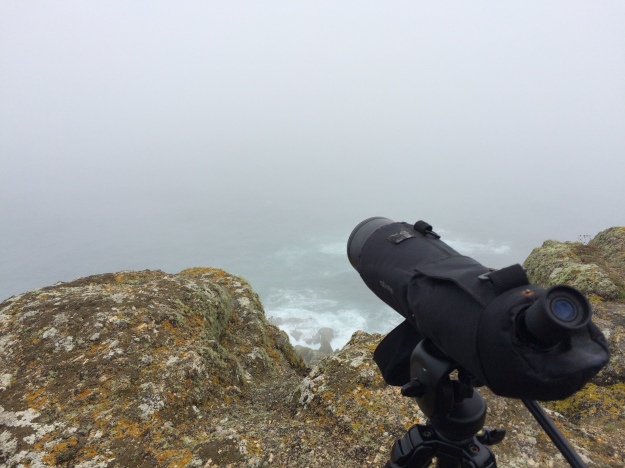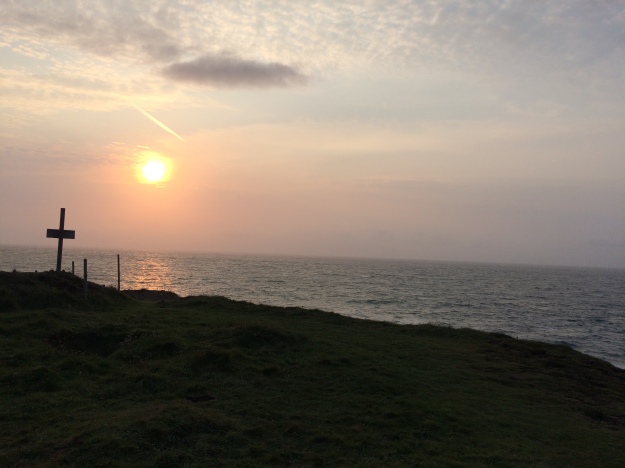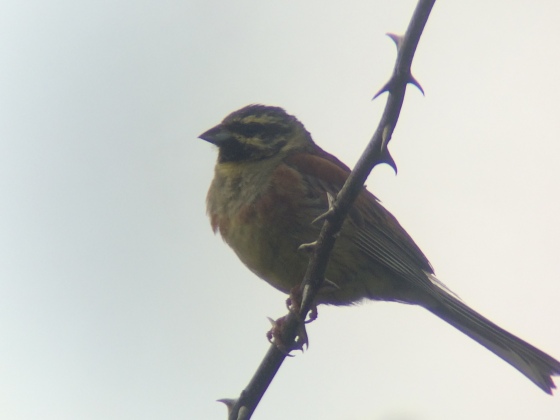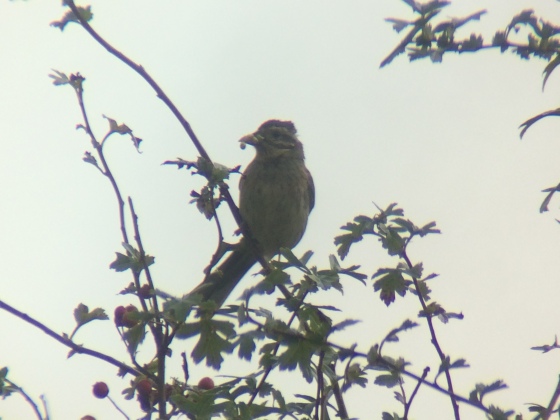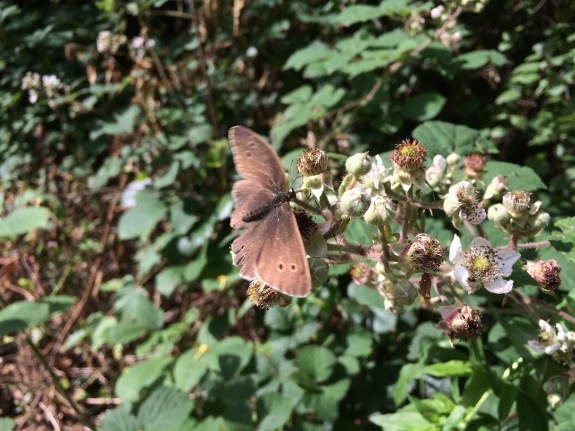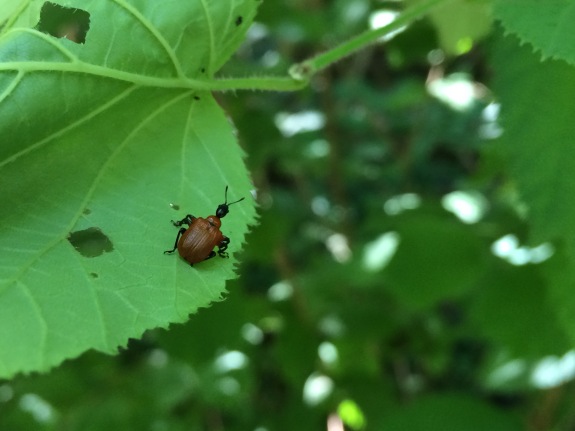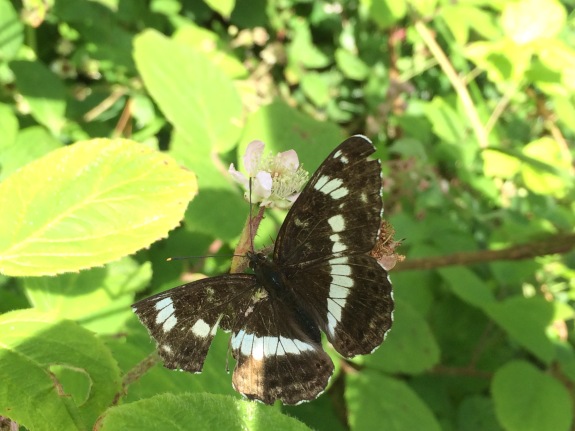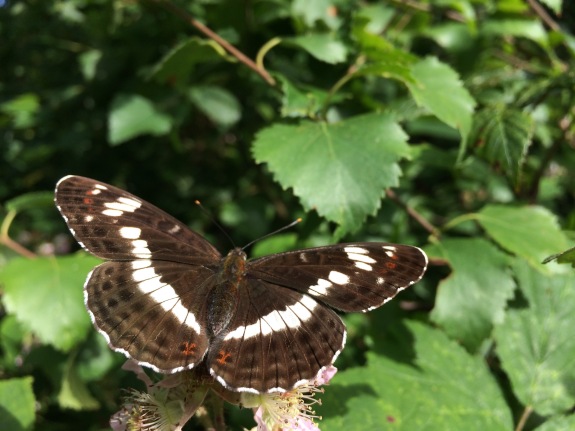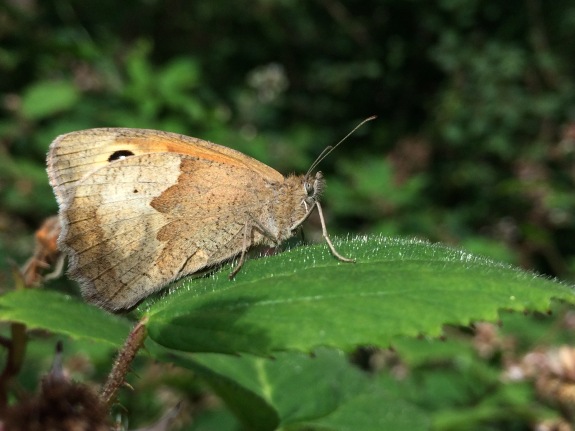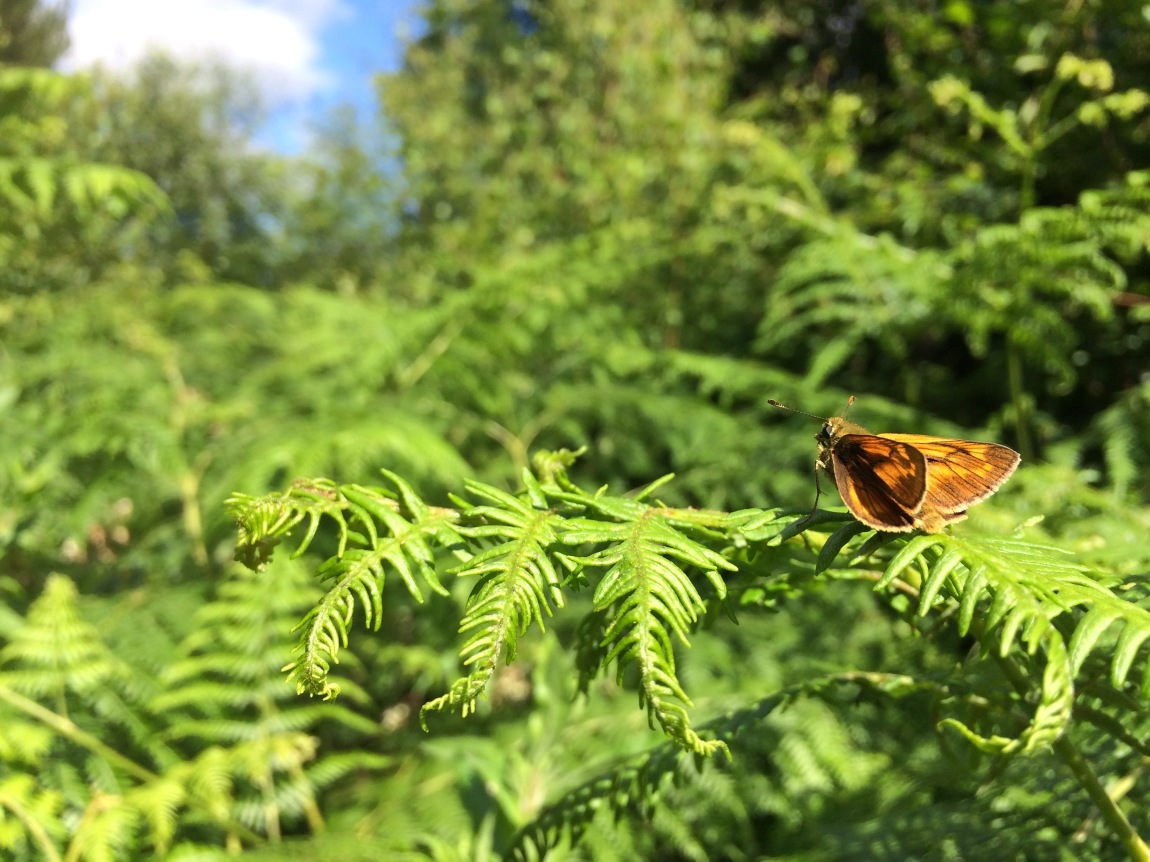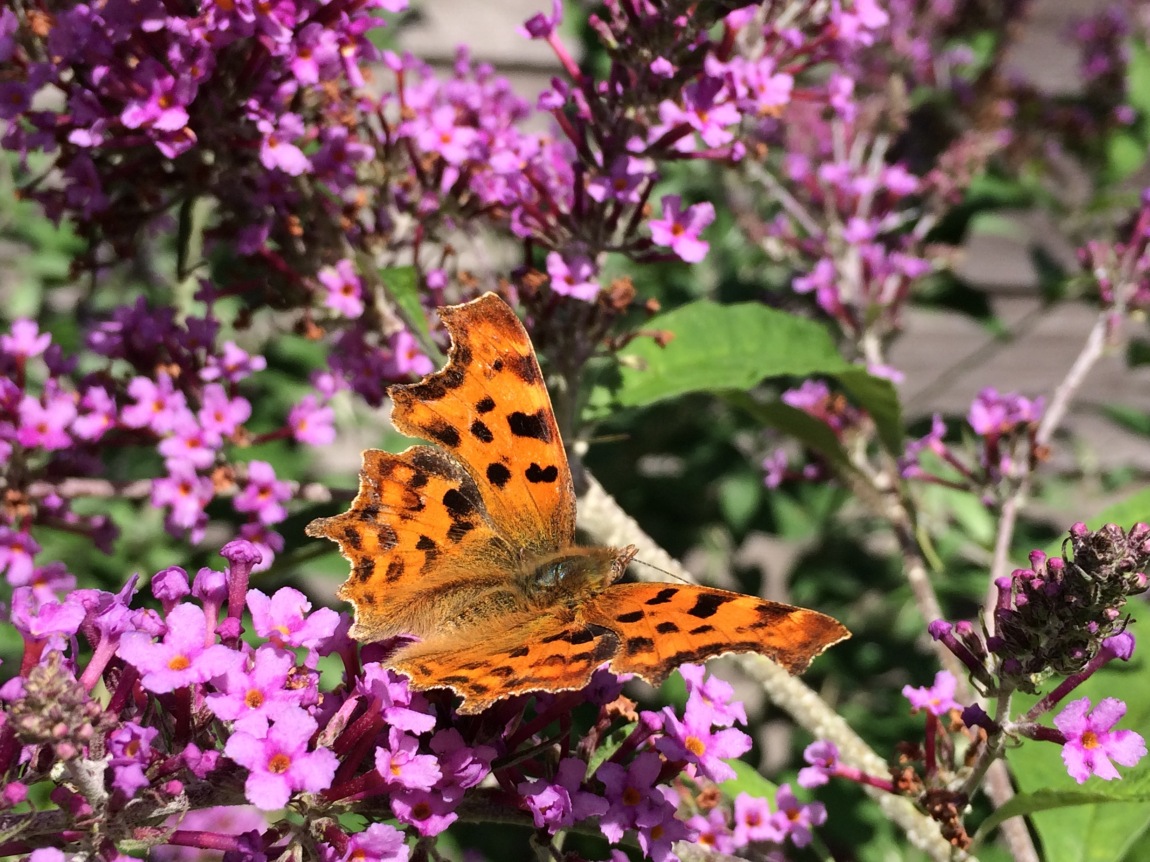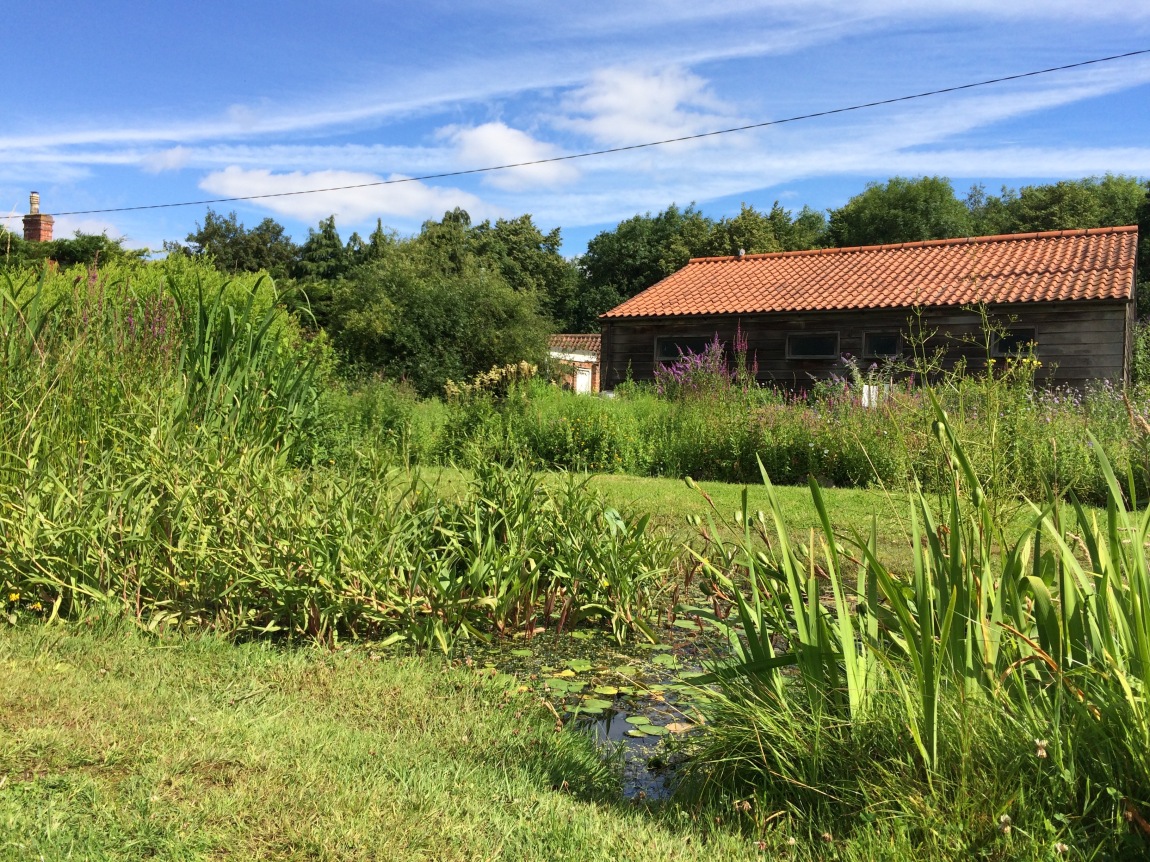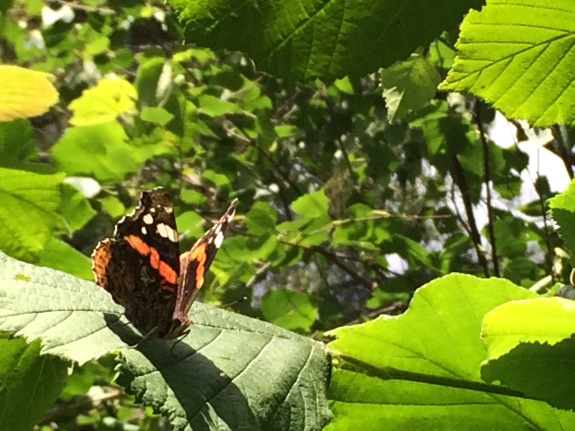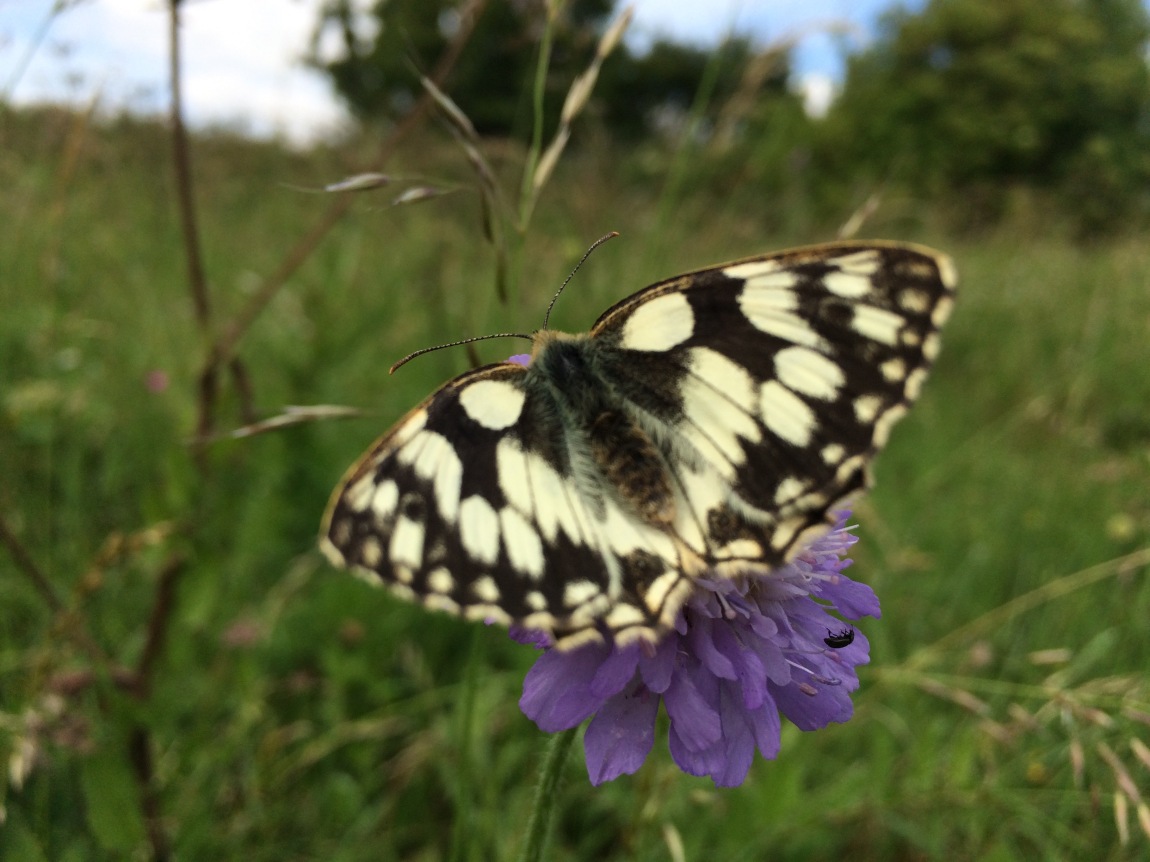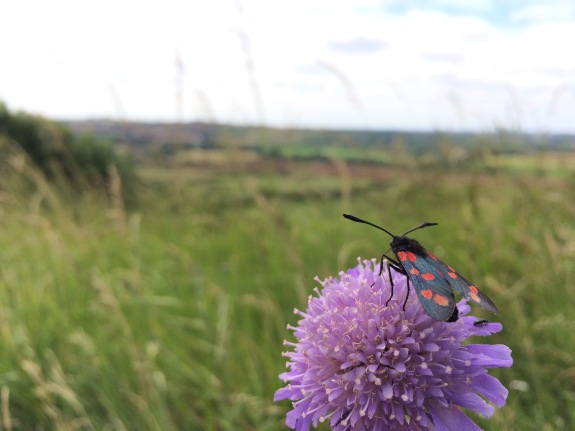With our bodies running six hours ahead of our surroundings, we were up well before dawn on our first day in Costa Rica, waiting at the window for the sun to rise and shine on the inaugural bird of our trip. We prayed for anything but a Feral Pigeon, and those prayers were answered by a Great-tailed Grackle – the first of many. Rufous-collared Sparrow soon followed, chirping in the hotel car park, but flyover Great Blue Heron and Ringed Kingfisher were an unexpected surprise. It seemed like no time at all before we were in a shuttle bus en route to our first destination – Tarcoles village, gateway to Carara National Park.
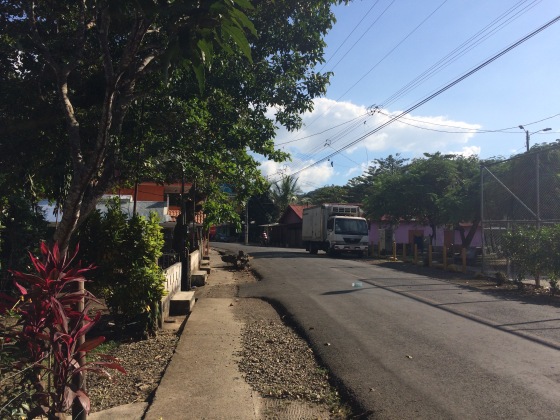
Tarcoles
Our accommodation, Hotel Carara, came with an ensuite room, a ceiling fan and a fantastic view of the Pacific Ocean. From our seats on the balcony we watched gangs of Black Vulture squabble over discarded fish, whilst Brown Pelican bobbed on the sea and Magnificent Frigatebird soared high in the bright blue sky.
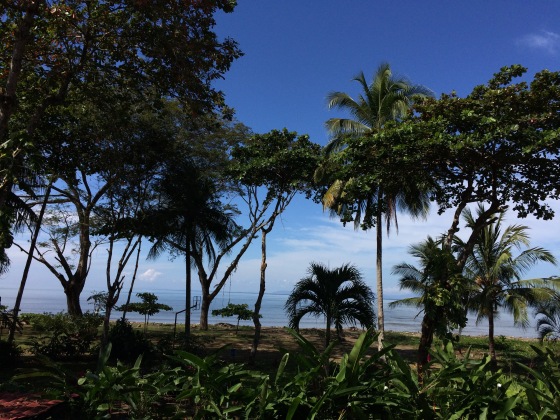
Our view
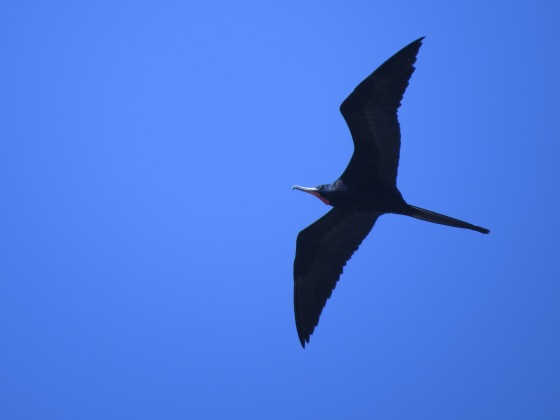
Magnificent Frigatebird
A pair of Rufous-naped Wren, nesting nearby, made regular trips to the hotel roof, and occasionally a Laughing Gull or Royal Tern would cruise along the shoreline, scanning the water for fish. But the real selling point for the hotel was the regular appearance of several Scarlet Macaw, crashing and squawking through the beachside trees.
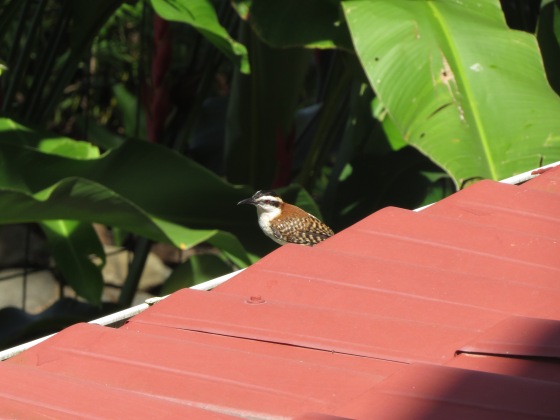
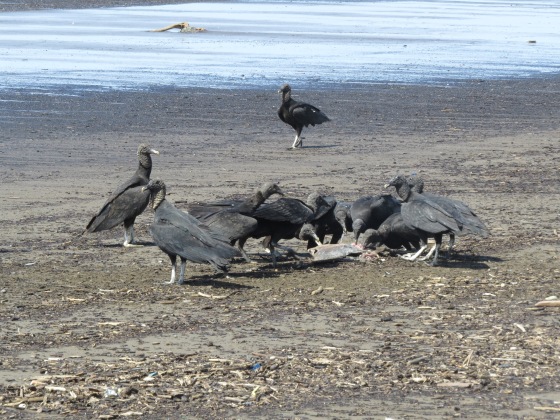
Black Vultures
The beach itself wasn’t great for sunbathing, with the black sand littered with rubbish from the estuary, but it was great for shorebirds. Many were familiar from the UK, like Sanderling, Grey Plover and Whimbrel – all birds I have now seen on three continents! But there were also waders I had never seen before: Semi-palmated, Wilson’s and Collared Plover, Willet and the adorably minuscule Least Sandpiper.
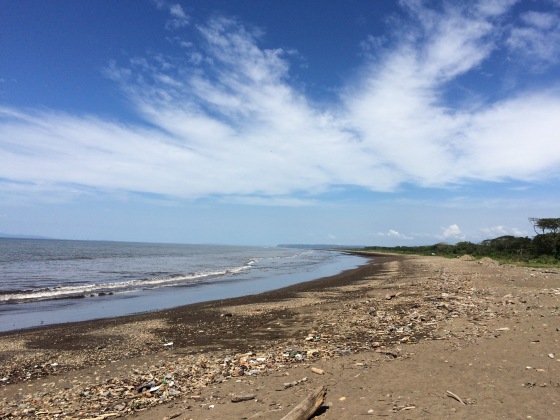
Tarcoles Beach
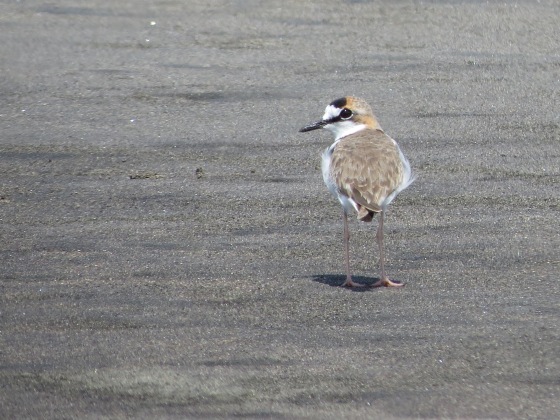
Collared Plover
But the trek across the hot sand to the famous Tarcoles river mouth was as gruelling as it was unrewarding – just a handful of pelicans, egrets, herons and cormorants rested on the sandbar, no sign of the promised tern flock! Fortunately the mangroves in the area were more productive, eventually revealing all three sought after specialists – Mangrove Hummingbird, Mangrove Vireo and Mangrove Yellow Warbler.
Not wanting to repeat our sun-scorched pilgrimage, we decided to follow the road back to the hotel, taking advantage of the tree cover. This turned out to be a brilliant idea, as we found some great birds on the way.
A lucky glance skyward revealed a circling White Hawk – a beautiful raptor with an almost dove-like elegance. Amazingly, a Broad-winged Hawk then soared into view beside it, the two competing for our attention for a few moments before disappearing over the forest. We’d barely had time to miss them when I spotted a juvenile Mangrove Black Hawk perched up on a fence, just feet from the road. It obligingly posed for a few photos before we left it to its business. This bird of prey buffet was rounded off with a distant Grey Hawk, watching us from a lonely tree in the centre of a cattle field.
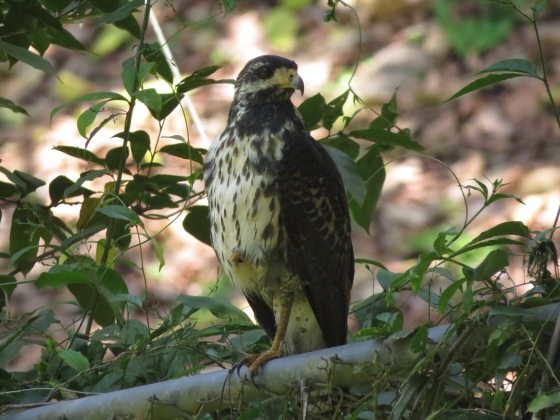
Mangrove Black Hawk
North of the road, just west of the Crocodile Tour dock, we found a flooded field, with Wood Stork and White Ibis stalking the shallows. There were no waders there, but the muddy margins of the water looked promising – we would definitely be back!
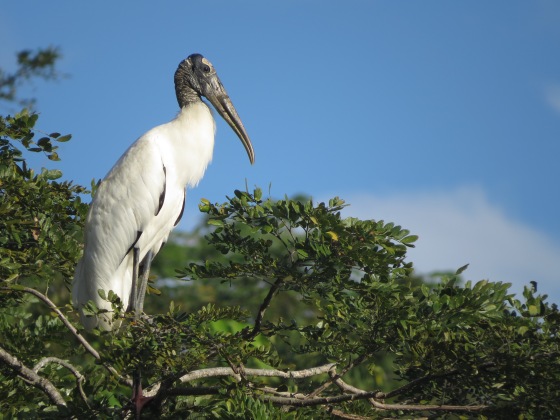
Wood Stork
